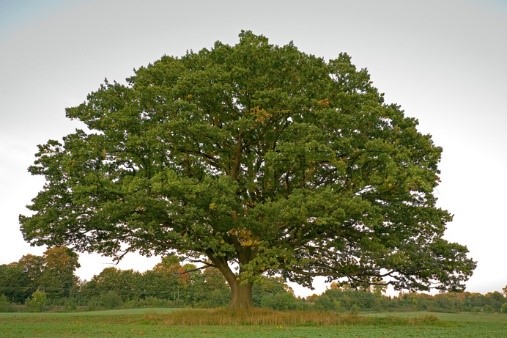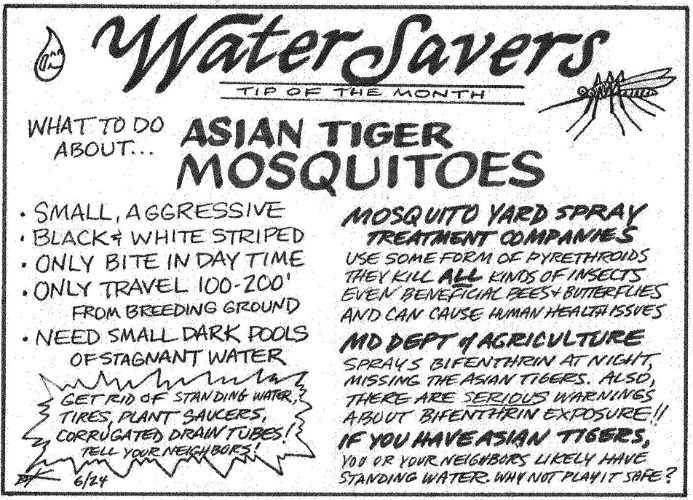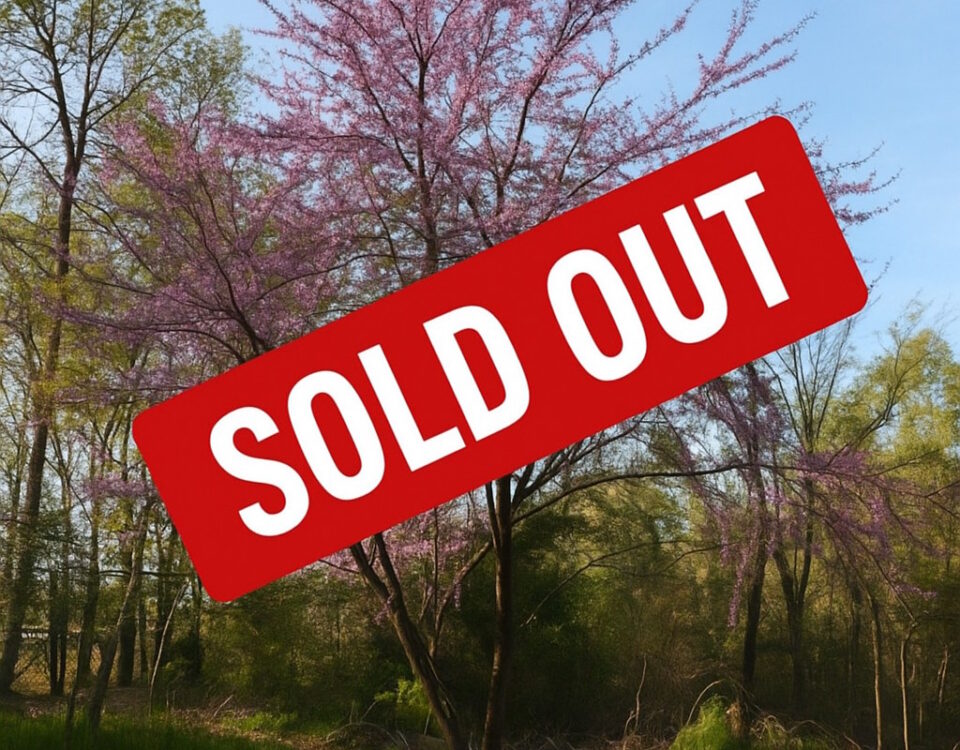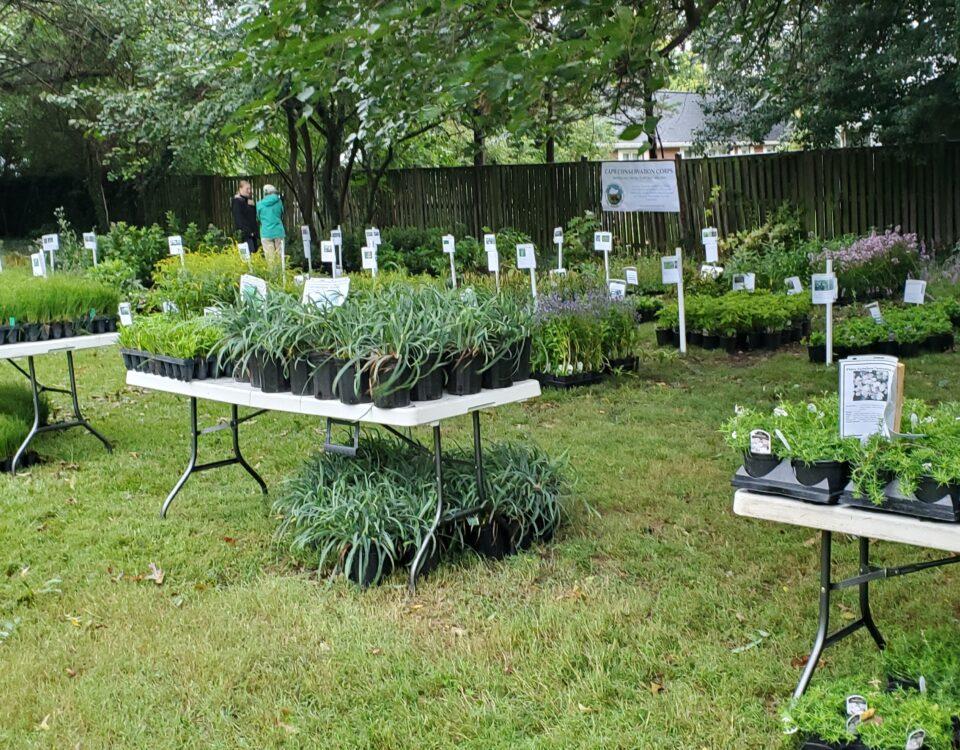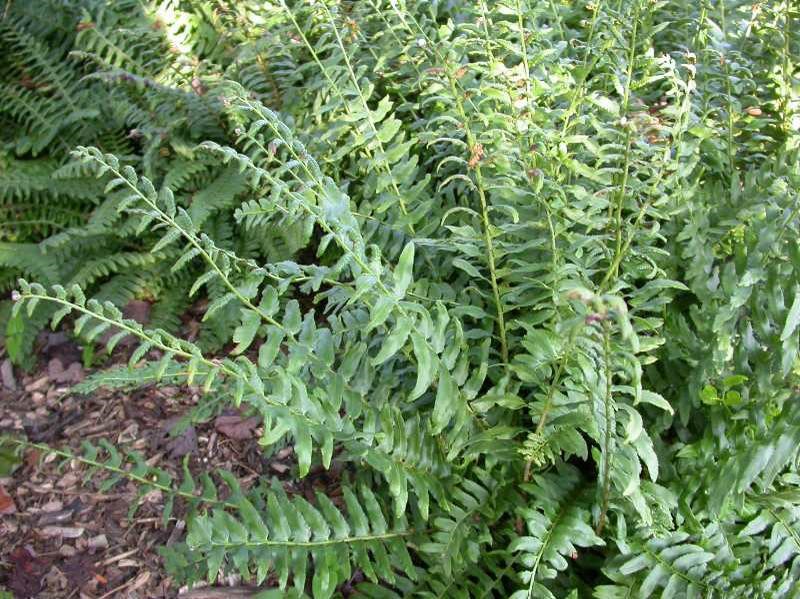
Spotlight on Native Plants
February 22, 2020Planting for Pollinators
March 16, 2020By: Stacey Wildberger
Wouldn’t you love to step out into your yard and be in the largest National Park in the U.S.? To be part of the solution to diminishing ecosystems and loss of habitat? According to Doug Tallamy, author and entomologist at the University of Delaware if we convert just 1/2 of the turf lawns covering our country we could create the largest National park in the U.S. We would have the largest National Park- bigger than the combined parks of the Everglades, Yellowstone, Yosemite, Grand Teton, Canyonlands, Mount Rainer, North Cascades, Badlands, Olympic, Sequoia, Grand Canyon, Denali, and the Great Smoky Mountains National Parks! He would call it Homegrown National Park. Over 40 million acres of turf grass cover the United States (roughly the size of New England), our small state of Maryland alone has 1.1 million acres. (Tallamy, 2020). In his new book, Nature’s Best Hope, Tallamy tells how and why we should be removing the turf and planting native plants- shrubs, trees, herbaceous perennials, ground covers. The plants that our native fauna has co-evolved with for hundreds of thousands of years.
The numbers say it all- insects pollinate over 87% of all plants and 90% of all flowering plants, 97% of terrestrial birds rely on caterpillars and insects to feed their babies. Native plants are vital to sustain caterpillars with specific species being far superior (Tallamy & Shropshire 2009). The Quercus (oak), Prunus (cherry) and Salix (willow) can host hundreds of species of caterpillars while introduced species such as Cladrastis (yellowwood) and Empetrum (crowberry) have almost no record of hosting caterpillars.

We can start small removing the turf. I don’t think it is realistic to go out and rip up half of your lawn all at once. You can implement gradual changes, small steps. I would suggest carving out a small “island” garden in the middle of a big patch of grass you have or setting up a small shade garden under an oak tree. By adding some shade tolerant plants and allowing at least some of the oak leaves a place to linger you will be creating the perfect habitat for overwintering insects. Since the oak tree, as superior host plant that can support 534 species of caterpillars, it is important to let their leaves lie. The soil beneath the tree can become somewhat compacted over time so that a caterpillar looking for loose soil to borrow into will have to travel a great distance to find an ideal spot. Or the caterpillars looking for leaf litter to spin their cocoon in will find no leaves if you have raked them all away and hauled them from your property. After munching through the oak leaves as a caterpillar many of them drop to the ground to pupate. They need the cover of the oak leaves and native plants in order to be protected. The leaves will break down overtime creating a richer, loose soil that the caterpillars and other insects will find much more useful. I would plant Heuchera Americana Alumroot in mass for a stunning display, or Tiarella cordifolia foamflower mixed with Polystichum acrostichoides Christmas fern for some evergreen coverage. If you decide to carve out an island garden in a sunny spot of your yard you could use Penstemon digitalis beardtongue, Echinacea purpurea coneflowers, Asclepias tuberosa butterfly weed (milkweed), Eupatorium dubium “little Joe” Joe-Pye weed, Solidago sp. goldenrod and Aster laevis smooth aster. This combo would offer continuous blooms from early spring right through fall. It is important to always have something in bloom for the pollinators. The late season asters and goldenrod will be an excellent source of energy for fall migrators such as the monarch. As we know the monarch requires milkweed as a host plant but it also needs a nectar source in the fall to begin the migration with lots of energy.
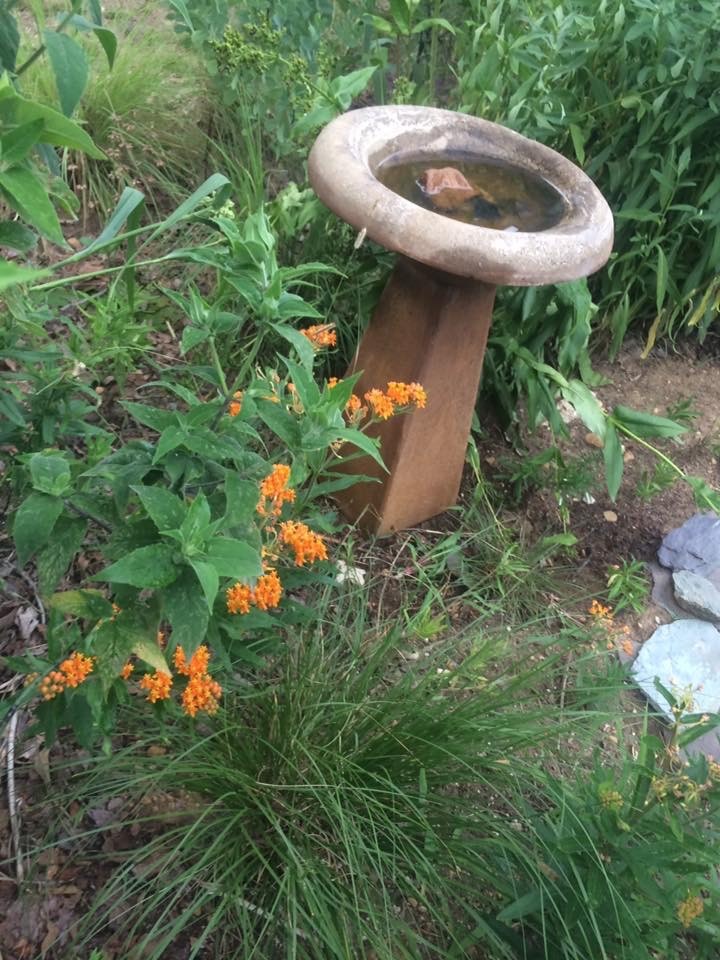
While I do recommend the use of mostly (ideally all) native plants I understand that is not the possible in most cases. What I am advocating is for you to start educating yourselves on the importance of native plants and begin to select natives when you are starting a new garden or replacing plants in an existing garden. Look for a native that will work in your conditions. Learn and understand how that native plant will contribute to biodiversity and enhance the ecosystem. What is its importance in the food web? I am not asking you to rid your yard of all non-natives but consider getting rid of the ones that can be become invasive such a butterfly bush, nandina, barberry, non-native wisteria, English ivy and vinca.
Instead of shopping for your plants at big box stores look for local native plant sales and nurseries. It may be a little more effort to get to them but they are well worth it. I recommend Chesapeake Natives in Upper Marlboro. They will have their first open house of the season on March 30th. Check out their website for additional dates or to schedule an appointment to visit them. They also have a list of their available plants so you can pre-plan your trip! They only sell Chesapeake Bay Watershed provenance Local-Ecotype-Native* (LEN) Plants. http://chesapeakenatives.org/plant-sales/
Another great place to find native plants is Adkins Arboretum in Ridgely, just off 404 on the Eastern Shore. They have their open house on April 24th-26th and thereafter will sell during the hours that the Visitor’s Center is open. Check out their website here https://adkins.donorshops.com/shop-for-plants.
And finally since fall is the best time to plant you can Save the Date for Cape Conservation Corps Fall Plant Fest and Native Plant Sale on September 19th. We will have many experts on hand from Master Gardeners, Master Naturalists, Watershed Stewards Academy, Author and native plant and wildlife expert Nancy Lawson, as well as Cape St Claire resident and native landscape designer Chris Pax. Check out Chris’ website https://www.annapolisnativelandscape.com/ to sign up for her newsletters, online classes, and to see how she help you with your small scale garden designs at affordable prices. Or come check Chris out in person. CCC will host Chris Pax as our next guest speaker on April 17th at the Cape St Claire clubhouse Starting at 7 pm – doors open at 6:30pm. Light refreshments served, BYO adult beverages.

Chris will talking about “Healthy Connections: Wildlife Corridors and Our Health” What are the benefits to spending just 120 minutes per week in nature? What does a wildlife corridor look like? How can we collaborate to make an impact? Easy design to make it easier to enjoy nature in our own backyard (the connection back to Doug Tallamy’s idea of the Homegrown National Park).
My last recommendation to keep learning more about creating your own backyard connection to nature is to read Doug Tallamy’s new book “Nature’s Best Hope”. I promise it will change the way you think about your yard and your responsibility to those with no voice!


